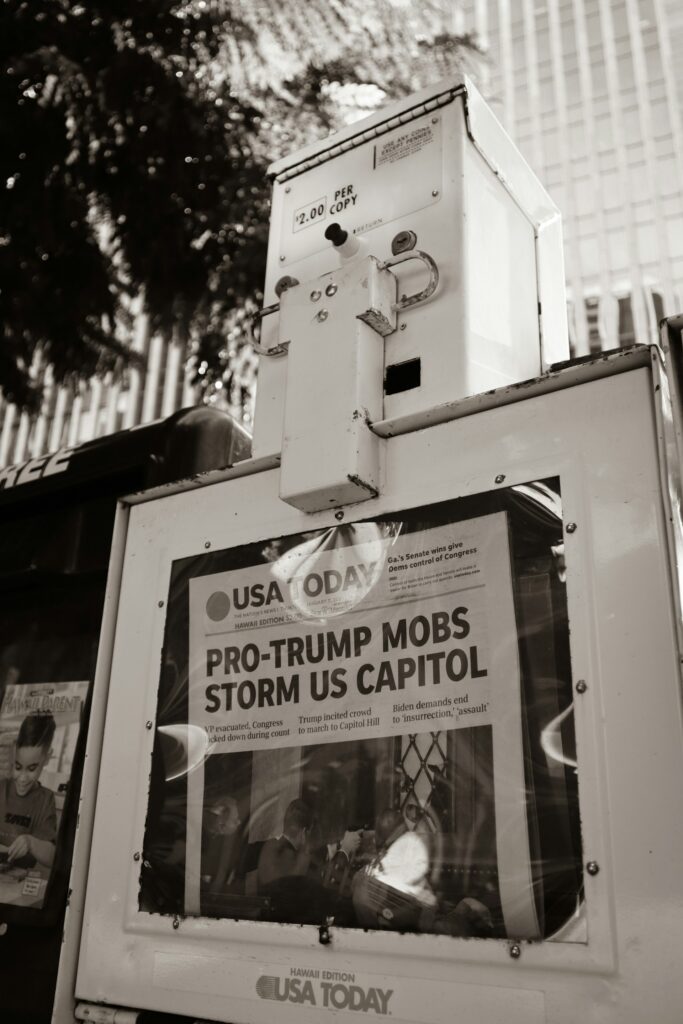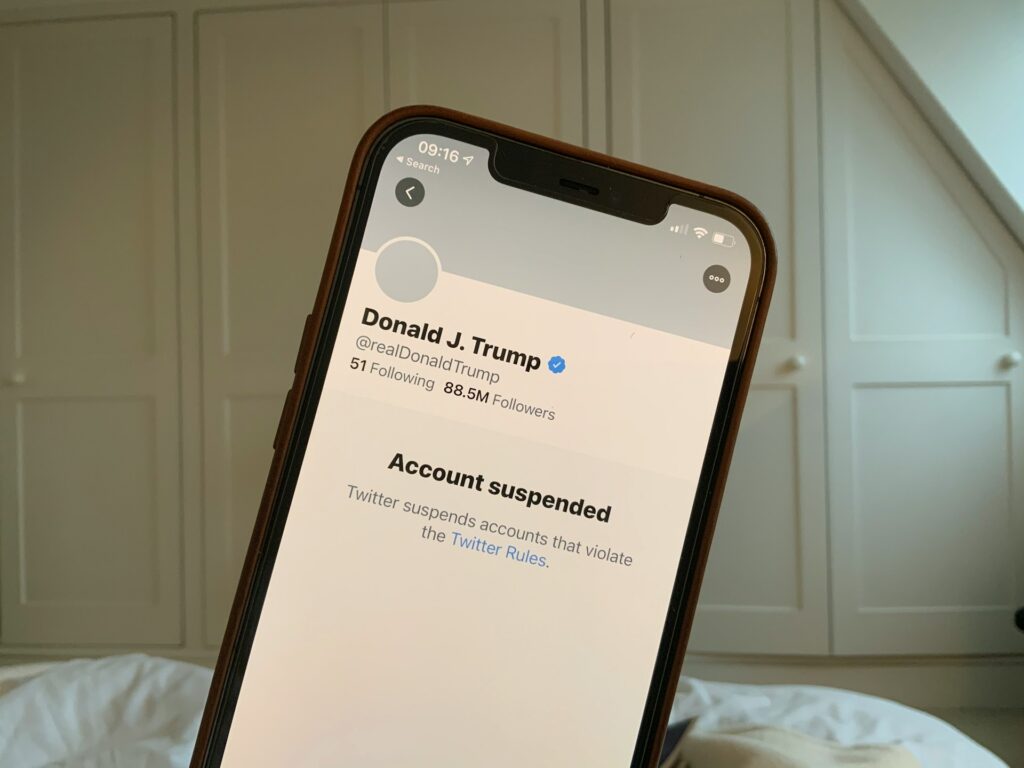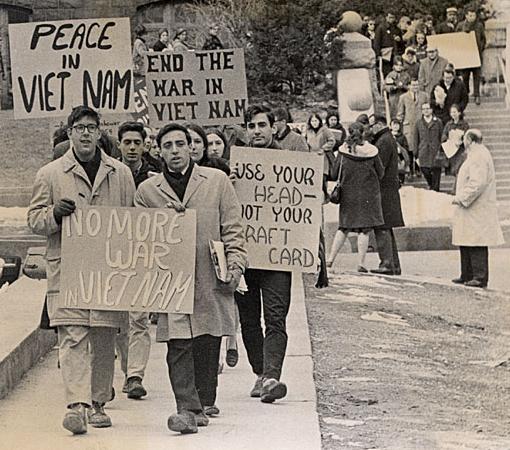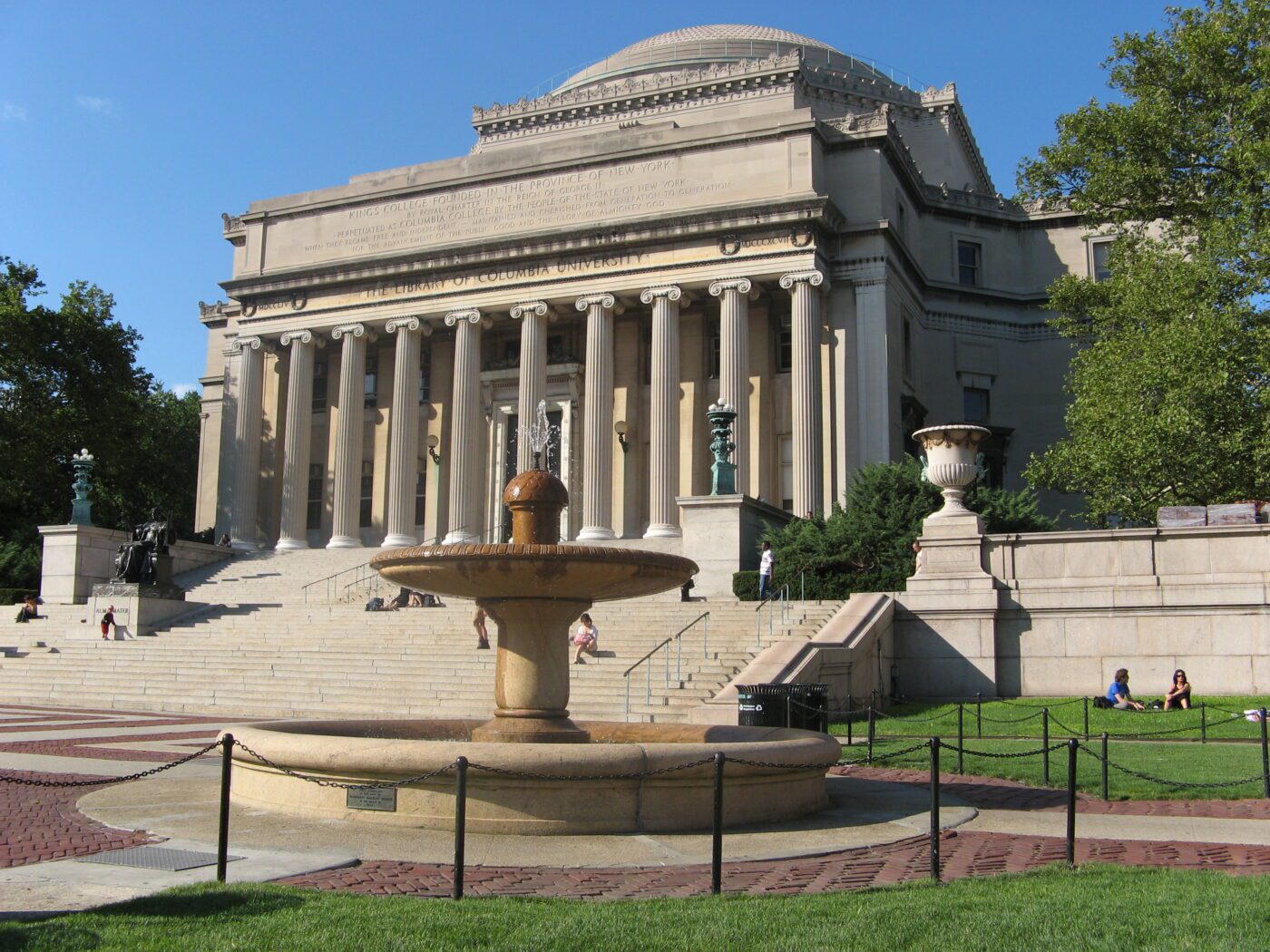When deciding which University to attend for my undergraduate years, a simple Google search of “Lafayette College” revealed a YouTube video titled “Dear College Snowflakes, No One Takes You Seriously”. The video has over 450,000 views and is about a far-right speaker who was threatened and insulted while she was trying to explain to Lafayette students why she supported Donald Trump. This occurred in 2017. As a person who believed her speech to be dangerous, I didn’t care.
Not long after—following the 2021 January 6th Capitol Attack— Donald Trump’s Twitter was removed from the platform. Trump, who used Twitter to spread misinformation and attack his opponents, was banned “due to the risk of further incitement of violence”. The decision caused an outcry among conservatives and Trump supporters who claimed that it was a violation of free speech and The First Amendment, the law which protects it. Liberals and legal experts responded by stating that free speech is protected only by the government, not private companies. According to them, private companies should be able to determine what they deem acceptable and have the right to ban anybody who violates the platform’s principles.


Again, as a person who believed the Capitol insurrection was dangerous and was scared of what else Trump and his supporters could do, I didn’t care.


What does censorship on US college campuses look like? Historically, censorship has taken the form of protests against certain speakers and self-censorship—refraining from sharing views that differ from the “majority” to avoid backlash. A recent study found that 20% of students regularly self-censor and 45% of students believe “blocking other students from attending a speech is acceptable, while 27% said using violence to stop a campus speech is acceptable”.
The study also found that many highly competitive schools, such as Boston College, Georgetown, and Harvard, have the worst free-speech rankings.
Most university administrations have never claimed to be non-political—quite the opposite. A quick search of some top university’s mission statements reveals the common values of “free inquiry and seeking truth”, “search for the truth”, “diversity”, and “free exchange of ideas”. Most universities allow any type of club (within reason), such as numerous religious clubs (Christian, Jewish, Islamic, Sikh), College Republicans and Democrats, and LGBTQ+ clubs.
However, amid the latest Israel-Palestine conflict, administrations have begun to take action. Columbia University suspended both the Justice for Palestine and Jewish Voices for Peace groups, claiming that some of their protests violated school policy. At Brown University, students who belonged to a Jewish group on campus were arrested for not leaving a campus building during a sit-in.
| Background When thinking of historical civil and peace protests, one often thinks of a young, liberal, college student. Many students went to Mississippi in the summer of 1964 to partake in the movement “Freedom Summer”, which was a movement aimed at fighting “voter intimidation and discrimination” against African Americans at the voting polls. These discrimination tactics allowed the South, especially Mississippi, to continue segregation policies as many Black people were scared away from voting. These discrimination tactics were fully banned in 1965. Following this, many students went to join the students at the University of Berkeley who were protesting against Rule 17, “a policy of political and religious neutrality on all its campuses”. They argued this was a violation of free speech, and the rule was overturned in late 1964. Many quickly got involved in protesting the Vietnam War. Students for a Democratic Society (SDS) was founded by Tom Hayden in 1960 to fight for freedom and peace, rejecting conservative and “anti-communist movements”. By 1968, the deadliest year in the Vietnam War, the SDS had 100,000 members. These student protests—on campus and elsewhere—sparked real local and national change. Rule 17 was overturned. Some believe that Freedom Summer convinced the president to ban the discrimination tactics. The voting age was lowered from 21 to 18, given that 18 was the draft age. |


The latest Israel-Palestine conflict has led many universities to grapple with the question of what their free speech policies actually mean in practice. Many university policies prohibit speech that constitutes a true threat. However, what constitutes a true threat? Many students may feel “unsafe” from differing opinions alone. The dean of the law school at UC Berkeley—a university that is the prime example of how free speech can generate positive change (with the overturning of Rule 17)—states that “it’s not our role to make them [students] feel safe from ideas that they don’t want to be exposed to”.
What is permitted per university policy is extremely blurry and complex. Anti-Semitism and Islamophobia are a clear, punishable breach of university policy. However, does stating that armed resistance to oppression is legitimate mean that you support Hamas and are anti-semitic? Does saying that Israel has the right to exist mean you support the genocide of Palestinian people?
While universities are considering the answers to these questions they should consider two things. First, did campus protests in the 1960s and 1970s that managed to accomplish real change abide by university policies? Second, how can US universities ensure they live up to their mission to prepare future leaders to make the world a better place? Is it by limiting the exact things that created beneficial changes in the past?
It is clear that responses from universities on the right to free speech have become similar to those of a private company, aiming to please as many “customers” as possible. When it was unfavourable to limit free speech with Rule 17— the UC Berkeley policy that enforced religious and political neutrality— they changed it. Now, with more people on both sides of the issue, their lack of clarification regarding free speech policies seems to reflect a strategic ambiguity designed to minimize conflict and backlash while navigating the increasingly polarized landscape of public opinion.
This raises a necessary question: should universities have the right to operate as private companies, or is the role of an educational institution fundamentally different, with obligations to uphold certain principles that extend beyond market dynamics? Now, this is something I care about.
By Lauren Gerber
February 23, 2024
This article is an opinion piece whose contents represent the standpoint of its author and not UPF Lund or The Perspective’s editorial board.








